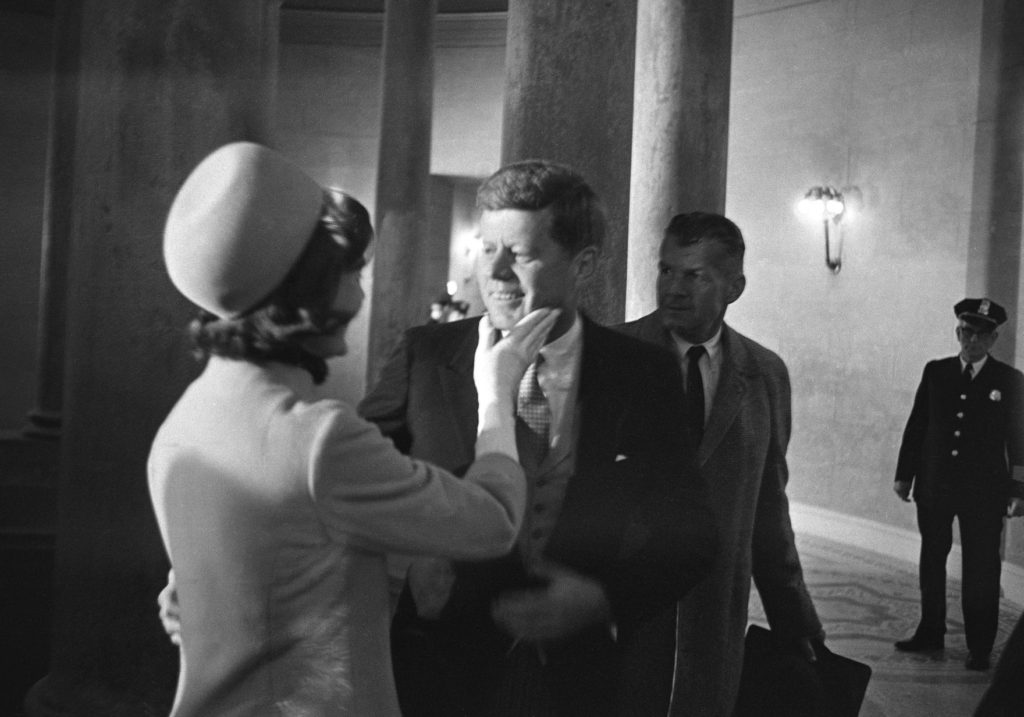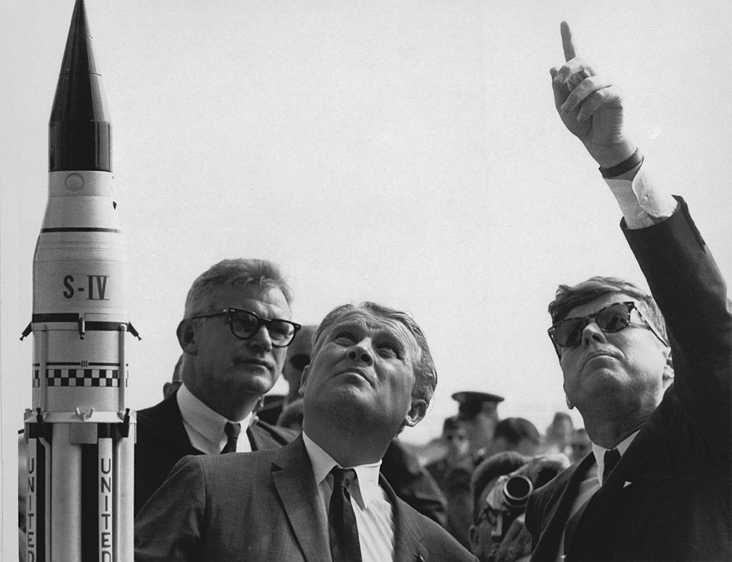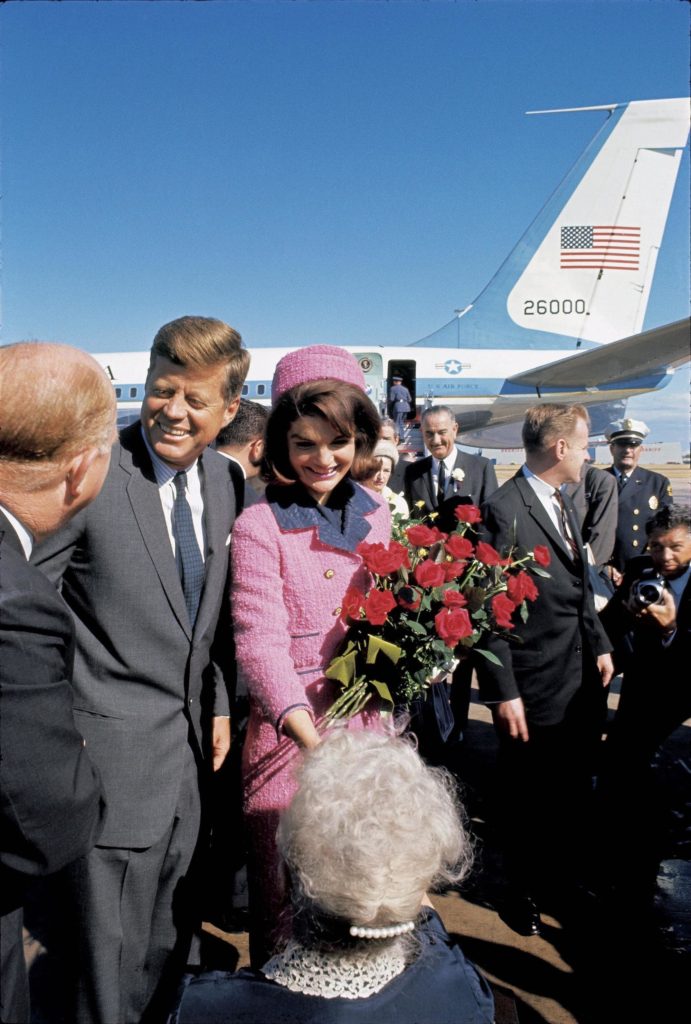For what would be his 104th birthday, I wanted to uncover the stories behind four of my favourite and most memorable photos from JFK’s short presidency.
John F. Kennedy was one of the very first presidents to use media to his advantage. Not only was he flawless onscreen, but he knew that photos could tell their own tale. Countless spreads in magazines helped carry the Kennedy name all across the country and led him to the presidency. For what would be his 104th birthday, I wanted to uncover the stories behind four of my favourite and most memorable photos from JFK’s short presidency.
Inauguration Day
On January 20, 1961, John F. Kennedy was sworn in as the 35th President of the United States. This photo captures a proud moment between the newly appointed President and First Lady Jackie Kennedy shortly after the swearing-in ceremony in the Capitol rotunda.
Her love for her husband truly shines through in this photo and his love for her. In the hours of tapes from Jacqueline Kennedy: Historic Conversations on Life with John F. Kennedy, she looks back at this picture with adoration. Jackie remembers touching her husband’s face, saying, “I mean, that was so much more emotional than any kiss, ‘cause his eyes really did fill with tears. I just said, ‘Oh, Jack, what a day.’”

Jackie recalls being extremely nervous on Inauguration Day. Before the gala that evening, she needed to take the stimulant Dexedrine to get through the rest of her duties. “It was like Cinderella and the clock sticking midnight. ‘Cause I just couldn’t get out of the car.”
During Kennedy’s infamous inaugural address, he famously said, “And so, my fellow Americans: ask not what your country will do for you — ask what you can do for our country.” The fire Kennedy ignited in the American people that day stayed with them long after his tragic death.
The Cuban Missile Crisis
For thirteen days during October 1962, the world was on the brink. This photo was taken of President John F. Kennedy and his brother and Attorney General Robert F. Kennedy, as they discussed the ongoing Cuban missile crisis.
What led the United States to the edge of nuclear disaster with the Soviet Union was an invasion sponsored by President Kennedy, dubbed The Bay of Pigs. This debacle ended with over a thousand militia members captured by Fidel Castro and Soviet Premier Nikita Khrushchev in a fit of rage. As payback, the Soviet Union brought nuclear warheads to Cuba, 90 miles from the U.S. coast.

Thankfully, the Cuban missile crisis ended on a peaceful note. The Soviet Union agreed to remove their missiles from Cuba in exchange for the United States pulling its missiles out of Turkey.
Jack and Robert became even closer as brothers throughout this time. The two relied on each other to make important decisions and provide insight in difficult conversations. After the crisis had been averted, Robert states in his memoir on the Cuban missile crisis, “As I was leaving, he said, making reference to Abraham Lincoln, ‘This is the night I should go to the theatre.’ I said, ‘If you go, I want to go with you.’” The pair were practically inseparable until JFK’s death in 1963.
The Apollo Missions
On November 16, 1963, just six days before his death, President John F. Kennedy visited the NASA headquarters in Cape Canaveral. There, he was briefed by Wernher Von Braun and other top NASA executives on the Saturn rocket, which would inevitably take a man to the Moon during the Apollo missions.
Kennedy was an avid supporter of NASA’s work. From the start, he could see the potential of being the first country to reach this distant place. It also played beautifully into his New Frontier politics.

During a speech at Rice University in 1962, Kennedy stated, “We choose to go to the Moon in this decade and do the other things, not because they are easy, but because they are hard; because that goal will serve to organize and measure the best of our energies and skills, because that challenge is one that we are willing to accept, one we are unwilling to postpone, and one we intend to win, and the others, too.”
This declaration solidified America’s dedication to the space program. It turned their heads towards the stars and ultimately helped them become the only nation to put a man on the Moon, even to this day.
November 22, 1963
November 22, 1963, is a tragic day in American history. John F. Kennedy represented a youthful wave that was making its way across the country. Having someone so young in the White House brought forth new ideas and hope for the future. In an instant, that was all taken away.

Despite this being such a horrific event, I decided on a photo that captured the feeling on the morning before his assassination. There was a nervous energy because of the threats the president received before coming to Texas. But the rain had stopped, and the mood was light as they were greeted by spectators at Dallas’ Love Field. Texas was a state they needed to carry in 1964, and this was an important trip.
Earlier that day, President Kennedy and Jackie attended a breakfast in Fort Worth before flying to Dallas. The motorcade from Love Field was meant to take the pair, along with Vice President Lyndon B. Johnson and Governor John Connally, to the Dallas Trade Mart, where a luncheon was being held with local government, business and civic leaders.
Instead, the president was shot twice on their way through Dealey Plaza. What he left behind was a country confused about the direction it needed to take. The Kennedy White House stood for change, and I do believe, if given more time, he could have accomplished even more incredible things.

